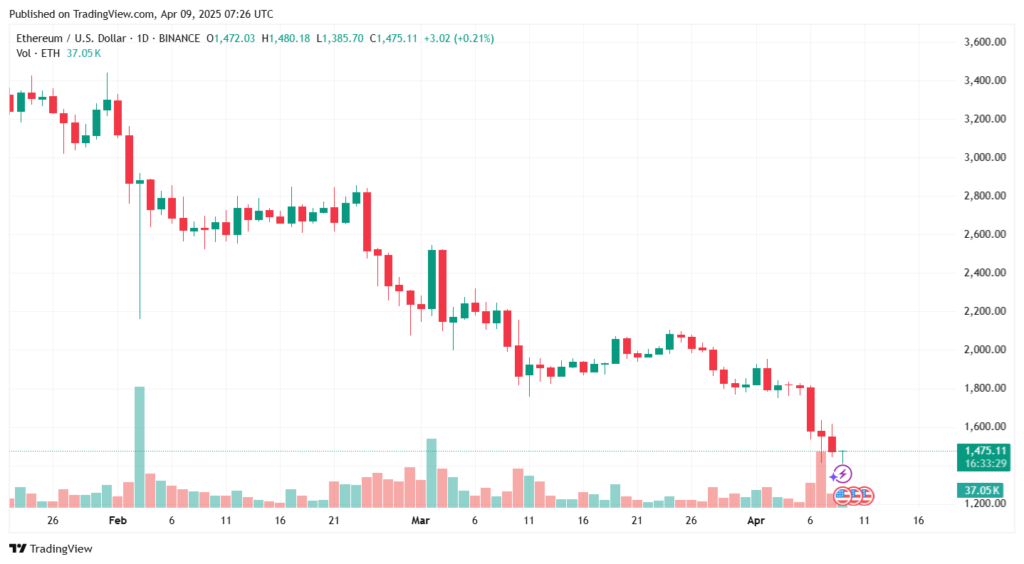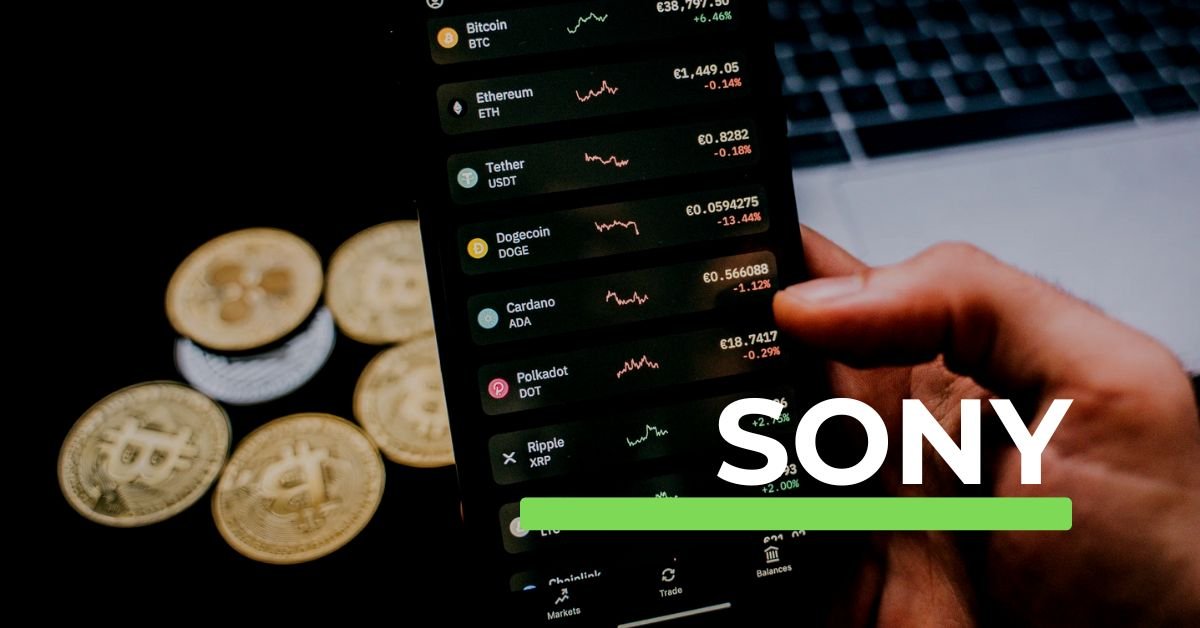The cryptocurrency landscape is ever-evolving, with digital assets vying for dominance in a competitive market. Among the vast array of cryptocurrencies, XRP—created by Ripple Labs—has recently attracted considerable interest. Notably, Standard Chartered Bank has projected that XRP could surpass Ethereum (ETH) in market capitalization by 2028. This article delves into the factors underpinning this bold prediction, examining XRP’s potential trajectory and the implications for the broader crypto ecosystem.
Understanding XRP and Its Market Position
XRP is the native cryptocurrency of the XRP Ledger, an open-source blockchain built to enable quick and low-cost international transactions. Unlike Bitcoin, which aims to function as digital gold, or Ethereum, which provides a platform for decentralized applications, XRP focuses primarily on revolutionizing international remittances and interbank transactions.
Standard Chartered’s Projection: A Closer Look
In a recent report, Geoffrey Kendrick, Head of Digital Assets Research at Standard Chartered, predicted that XRP could surpass Ethereum in market capitalization by 2028. He highlighted XRP’s primary function in facilitating cross-border and cross-currency transactions as a key reason for this expected rise. Kendrick noted, “By 2028, we anticipate XRP’s market cap will exceed that of Ethereum, positioning it as the second-largest digital asset, excluding stablecoins.”
Factors Fueling XRP’s Potential Ascendancy
Several elements contribute to the optimistic outlook for XRP:
- Regulatory Developments: The resolution of legal challenges, particularly Ripple’s settlement with the U.S. Securities and Exchange Commission (SEC), has provided clarity and boosted investor confidence.
- Institutional Adoption: Ripple’s strategic acquisitions, such as the purchase of prime brokerage firm Hidden Road for $1.25 billion, aim to enhance institutional services and broaden XRP’s use cases.
- Technological Advancements: The XRP Ledger’s capabilities in facilitating efficient cross-border transactions position it favorably in the growing niche of digital payments. Standard Chartered noted that this segment is experiencing increased transaction volumes, a trend expected to continue.
Comparative Analysis: XRP vs. Ethereum
While XRP’s focus is on streamlining international payments, Ethereum serves as a decentralized platform for smart contracts and decentralized applications (dApps). Ethereum’s versatility has led to widespread adoption in various sectors, including decentralized finance (DeFi) and non-fungible tokens (NFTs). However, challenges such as scalability issues and high transaction fees have prompted discussions about Ethereum’s long-term dominance.

In contrast, XRP’s streamlined consensus mechanism allows for faster transaction times and lower fees, making it an attractive option for financial institutions seeking efficient cross-border payment solutions.
- Sponsored -


Market Sentiment and Price Projections
Standard Chartered’s projection includes a potential rise in XRP’s price to $5.50 by the end of 2025, $8 by 2026, $10.40 by 2027, and reaching $12.50 by 2028. These forecasts suggest a more than 500% increase from its current price, reflecting a bullish sentiment driven by anticipated regulatory clarity and increased adoption.
Also Read: Ripple’s Monumental $1.25B Acquisition of Prime Broker Hidden Road: A Game-Changer in Digital Assets
Challenges and Considerations
Despite the optimistic projections, several challenges could impact XRP’s trajectory:
- Regulatory Uncertainty: Ongoing and future regulatory scrutiny in various jurisdictions could affect XRP’s adoption and price stability.
- Market Competition: The cryptocurrency market is highly competitive, with numerous projects vying for dominance in the payments sector.
- Technological Risks: As with any digital asset, vulnerabilities in the underlying technology could pose risks to XRP’s adoption and functionality.
Conclusion
Standard Chartered’s projection of XRP potentially overtaking Ethereum by 2028 underscores the dynamic nature of the cryptocurrency market. While XRP’s focus on cross-border payments and recent strategic moves position it favorably, investors should remain cognizant of the inherent risks and conduct thorough due diligence. As the digital asset landscape continues to evolve, XRP’s journey will be closely watched by enthusiasts and skeptics alike.
FAQs
What makes XRP different from Ethereum?
XRP is designed primarily for fast, low-cost cross-border payments, making it ideal for financial institutions. Ethereum, on the other hand, serves as a decentralized platform for smart contracts and dApps, with a broader use case in decentralized finance (DeFi) and NFTs.
Why does Standard Chartered believe XRP could surpass Ethereum?
Standard Chartered’s projection is based on XRP’s core utility in international payments and the growing volume of cross-border transactions. They believe that XRP’s efficiency and clarity after regulatory hurdles could lead to massive institutional adoption and a higher market cap than Ethereum by 2028.
Is XRP’s price really expected to reach $12.50 by 2028?
Yes, according to Standard Chartered’s forecast, XRP could potentially reach $12.50 by 2028. This bullish outlook is driven by expected increases in utility, adoption, and regulatory clarity. However, market volatility and external factors could influence actual results.
What are the risks involved in investing in XRP?
Investing in XRP carries risks such as ongoing regulatory scrutiny, market competition, and technological vulnerabilities. Like all cryptocurrencies, its price is volatile and influenced by legal, economic, and market conditions.
Can Ethereum maintain its position despite XRP’s growth?
Yes, Ethereum has a strong ecosystem and leads in areas like smart contracts and DeFi. While XRP may gain ground in payments, Ethereum’s broader functionality and developer support continue to secure its place among the top cryptocurrencies.













